We may earn revenue from the products available on this page and participate in affiliate programs. Learn More ›
While renters may not have the same options for improving energy efficiency as those who own their homes, there are measures they can take to make their homes more energy efficient. From assessing a rental prior to signing the lease to installing insulated curtains to trading out existing light bulbs for LED options, there are still many ways to make a rental more energy efficient.
Renters can even lobby their landlords to invest in energy efficient upgrades, such as new windows or HVAC systems that take advantage of new government tax credits.
Assess a rental’s energy efficiency.

Before renting an apartment or house, conduct your due diligence by checking out your prospective new home’s energy use history. Ask the landlord for a copy of the utility bills or a report on how much energy the place typically consumes in a year. If that’s not available, contact the local utility companies for average usage in the area based on the size of the home.
RELATED: The State of Renting in 2023: What All Tenants and Landlords Need to Know
Assess appliances and the HVAC system.
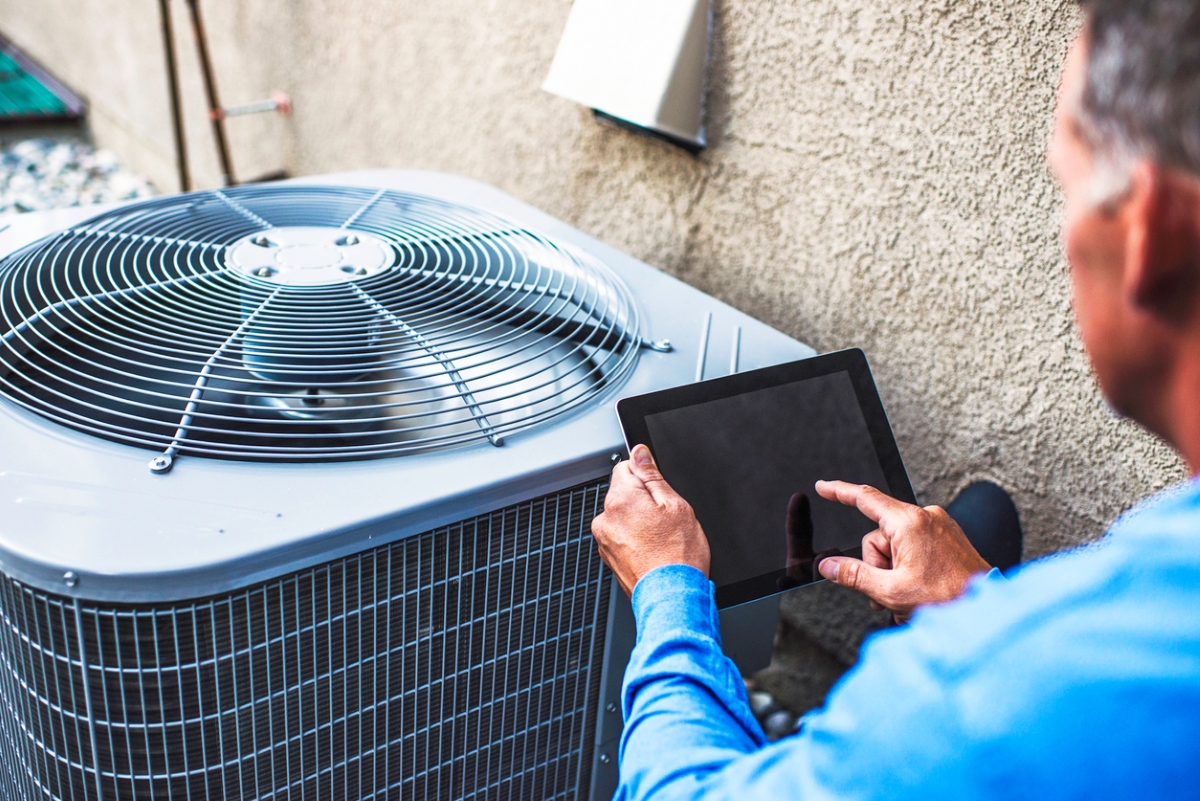
Large appliances and HVAC systems are the biggest energy consumers in a home and the most expensive to replace, especially if you’re a renter. With that in mind, inspect the appliances and utilities when touring a prospective apartment or rental home.
Look to see if the appliances are older and hence less energy efficient. You can even look for yellow EnergyGuide stickers on hot water heaters, washing machines, and central air conditioners.
RELATED: 9 Ways to Lower Cooling Costs in Rising Heat
Replace the air filters.

While it’s the landlord’s responsibility to make sure your HVAC system is running properly, it’s usually your responsibility to keep up with replacing the air filters, which you’ll want to change once every 3 months. Since clogged filters will cause your HVAC system to work harder to cool a home, changing the filters helps the air conditioning unit or heat pump work more efficiently.
Invest in curtains.
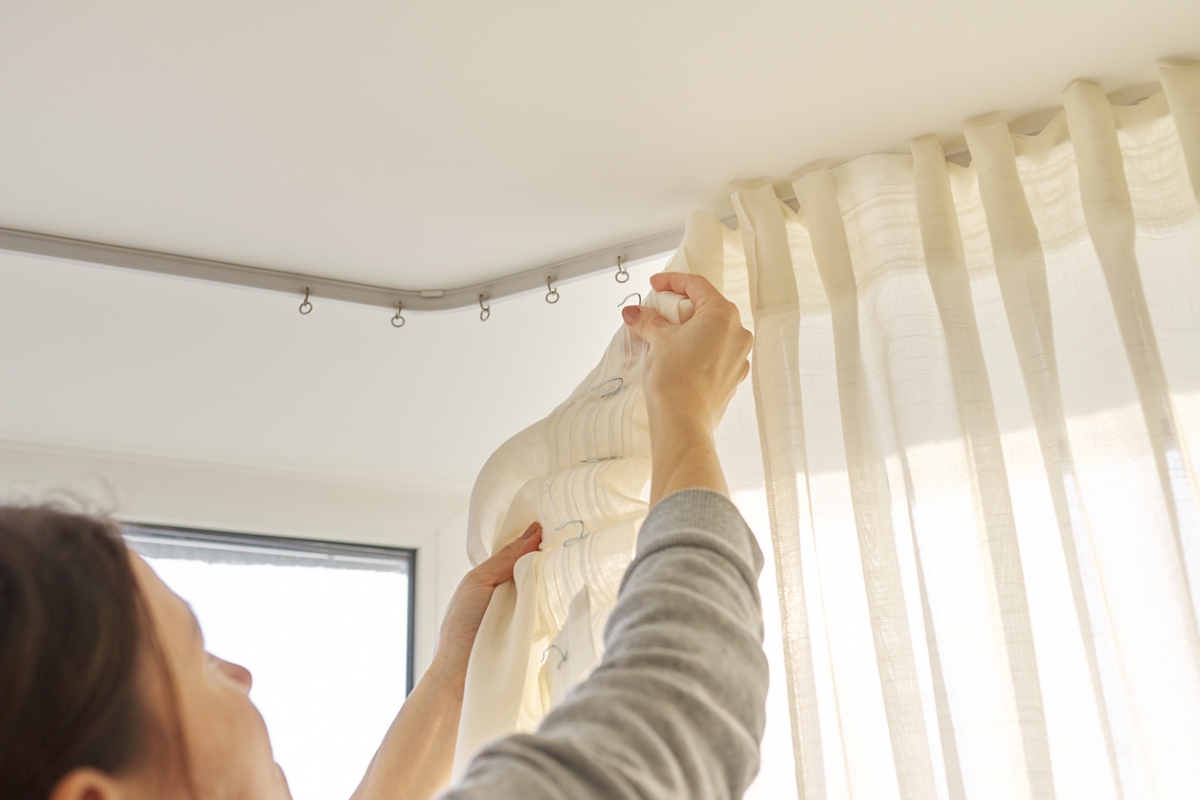
Hanging curtains in front of drafty windows can help save energy in the summer and winter. Curtains that efficiently block sunlight help to keep the temperature down inside your apartment or rental home, so the air conditioner doesn’t have to work as hard to keep the home cool. Consider investing in insulated curtains for even more energy savings.
RELATED: 11 Renter-Friendly Ideas for a Reversible Remodel
Install weatherstripping.
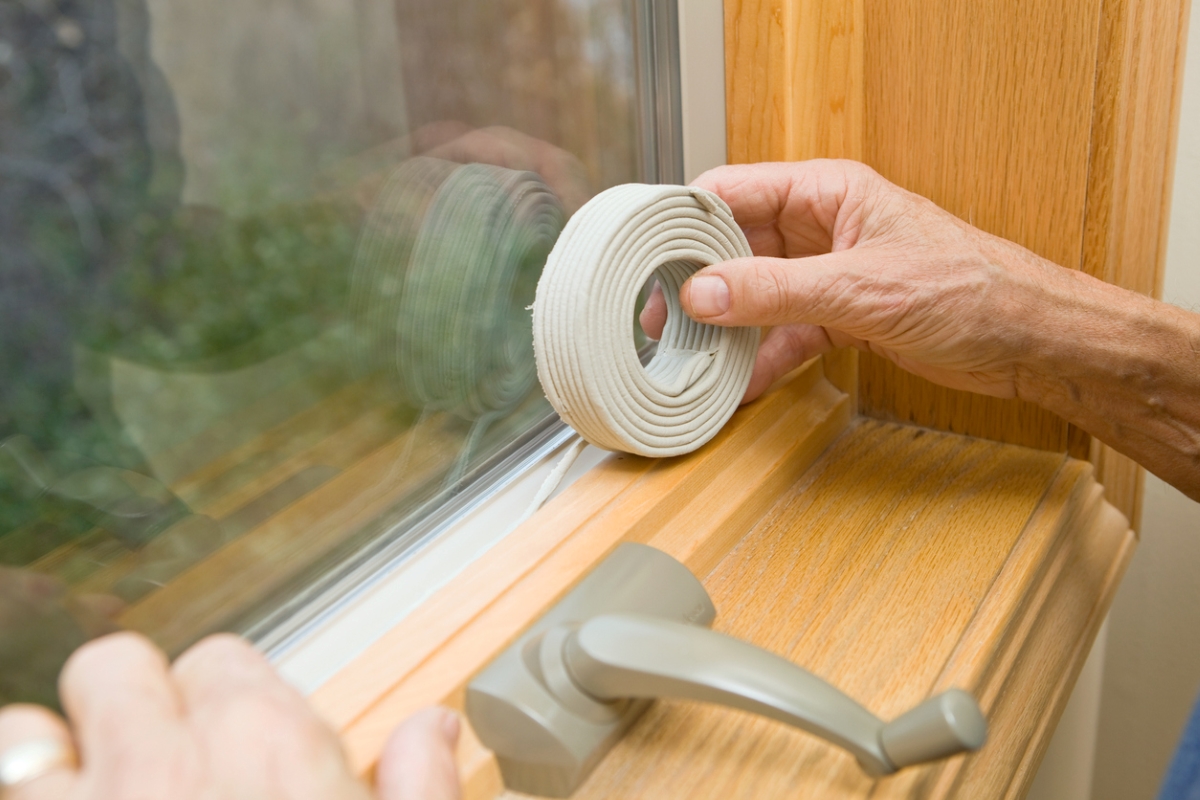
While you can’t replace those drafty old windows and doors in your apartment or rental home, you can make them more energy efficient—without spending a lot of money—by installing weatherstripping. The U.S. Environmental Protection Agency (EPA) estimates that you can save about 15 percent in energy costs by installing weatherstripping.
Check with your landlord first before installing it to make sure they approve of this upgrade. They may even be willing to chip in.
Exorcize phantom energy.

Computers, televisions, gaming consoles, and other devices all continue to use energy even when they aren’t technically turned on or in use. In fact, this phantom energy can cost you hundreds of dollars a year, according to the U.S. Department of Energy.
Cut off these energy draining devices by using power strips with switches that make it easy to turn off entertainment centers and computer stations with the flip of a switch, or you can invest in a smart plug and set on/off schedules for these devices.
RELATED: Energy Efficiency: What Do All Those Ratings Really Mean?
Change out light bulbs.
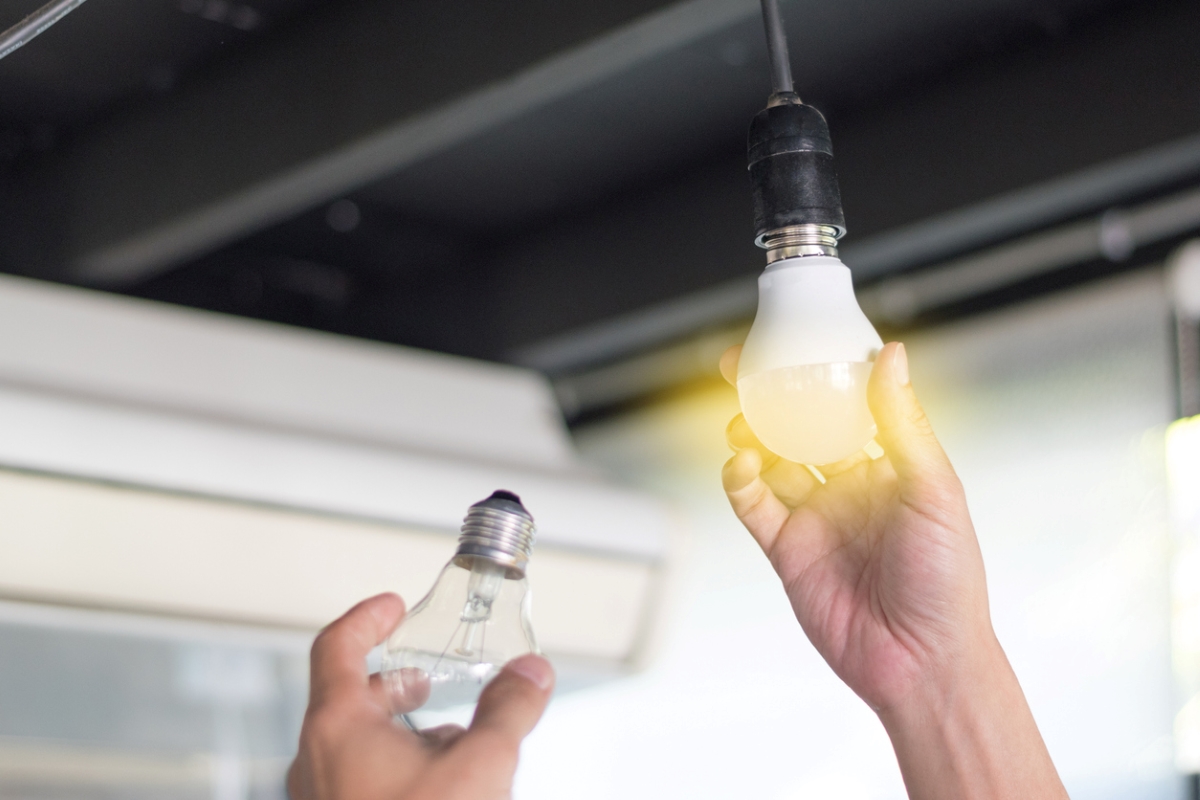
One of the easiest ways to make an apartment more energy efficient is to change out incandescent light bulbs for LEDs in all of the light fixtures right after you move in. The benefits are greater than you might think. The average household will save around $225 a year in energy costs by switching to LED lighting, according to the U.S. Department of Energy.
Switch to a low-flow showerhead.
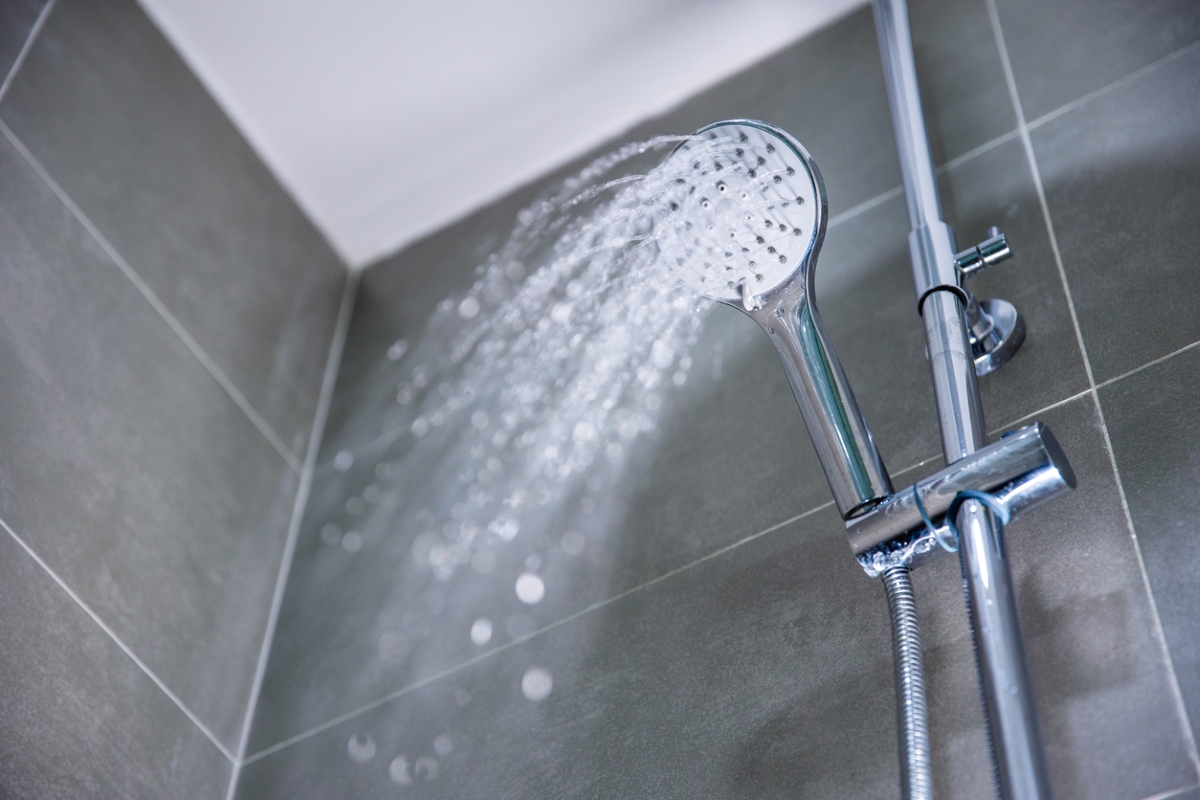
Switching out an existing showerhead for one with a WaterSense label is one of the easiest and most worthwhile plumbing upgrades you can do. WaterSense showerheads use about 2,700 fewer gallons of water per year than a standard showerhead. And, since they use less water, you’ll also use a lot less hot water, which means you’ll be saving energy by using the hot water heater less.
Ask your landlord for energy efficient upgrades.

While the above measures can help you save energy costs, if you live in an older house or apartment, sometimes the only way to realize real savings through energy efficiency is to upgrade its appliances, windows, or HVAC systems to energy efficient models. For that, you’ll need to convince your landlord that these investments are worthwhile.
Persuade the landlord by collecting data that shows how these upgrades will add value to the property and make it safer. It can also make the property more marketable so the landlord can ask for a higher rent from the next tenant.
Identify available federal tax credits.
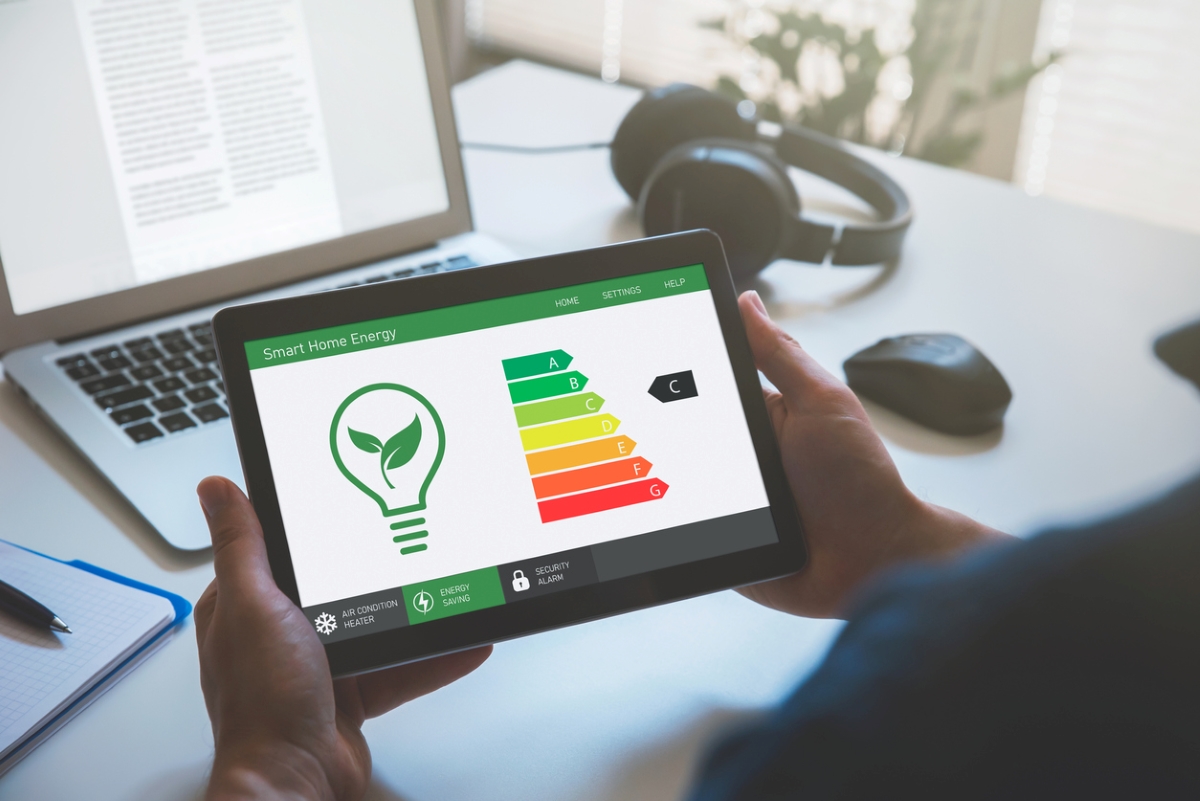
Typically, there’s not much incentive for a landlord to invest in energy efficient upgrades if they aren’t paying the electric bill. However, there are currently several attractive programs out there that may make these upgrades a worthy investment for even the most frugal landlord.
Landlords might be eligible for a tax credit through the Inflation Reduction Act of up to $5,000 for making a home they lease more energy efficient. There’s also the Home Owner Managing Energy Savings (HOMES) rebates, which pays landlords back up to $4,000 to retrofit their units with energy efficient upgrades, depending on how much energy savings they are able to achieve.
RELATED: 10 Things You Should Never Do in a Rental Home
Seek out rebates from power companies.
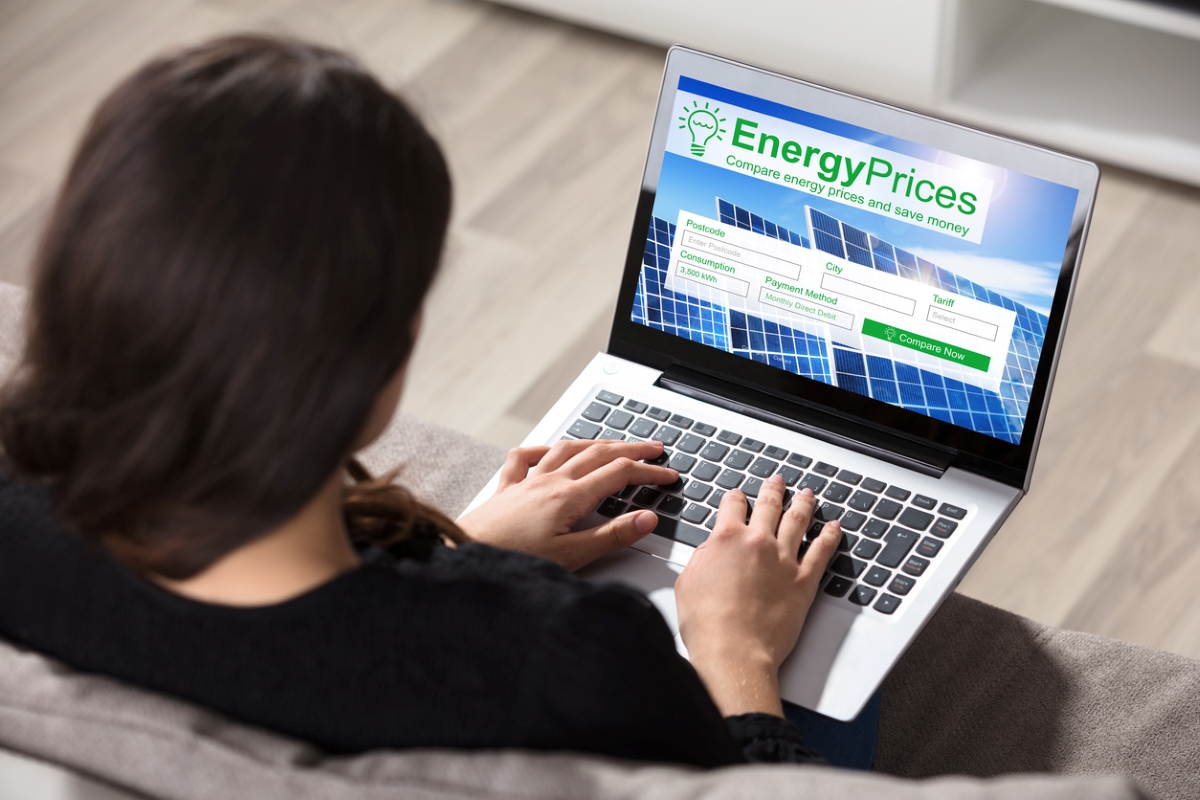
The federal government isn’t the only source of financial incentives for improving the energy efficiency of homes. Many power companies are also offering sizable rebates for customers willing to invest in such energy efficient improvements as HVAC system upgrades, duct sealing, attic insulation, and other projects.
Find out about the programs that your local energy company is offering and use that research when making your case to your landlord.


